What’s a flower without petals? We say more, the merrier! Check out our top 9 Flowers with Lots of Petals to give your garden that extra burst of color!
Typically, any usual flower comprises an average of three to six petals. Some plants produce clusters of small blooms fused into enormous flowerheads, while some are mutated, called double flowers, producing an abnormally large number of petals.
A welcome anomaly in any garden, we hope you’re as good at counting as the number of petals you’re about to confront!
Flowers with a Lot of Petals
1. Cabbage Rose

Botanical Name: Rosa x centifolia
USDA Zones: 5-10
The botanical name of this flower, Centifolia, literally means 100 petals or foliage. Also called Provence rose, this hybrid variety emerging from Europe typically produces about 25 to 50 pink petals but has, in some cases, indeed reached up to a hundred.
2. Dahlia

Botanical Name: Dahlia
USDA Zones: 3-11
The romantic dahlia produces clusters of blooms in flowerheads that are versatile in shape and come in incredible hues and combinations, including red, white, purple, peach, and white.
Each flowerhead comprises a central disc floret encircled by many ray florets, each an individual flower often mistaken for petals. These blooms emerge in star-like or layered spherical shapes, with some even resembling water lilies.
3. Chrysanthemum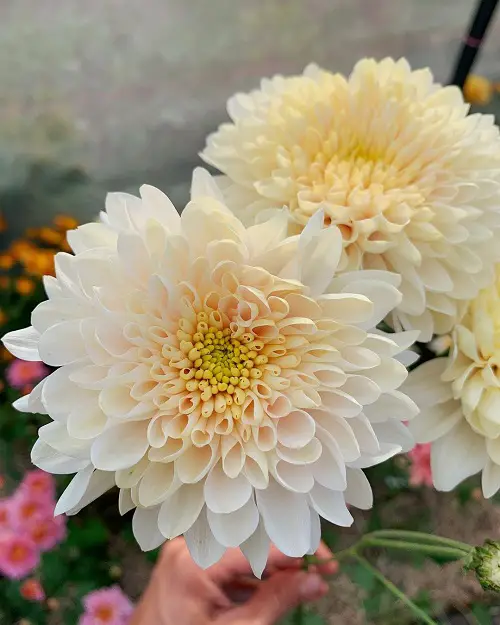
Botanical Name: Chrysanthemum
USDA Zones: 5-11
With as many as 300 petals in some exceptional cultivars, the chrysanthemum is a popular fall flower. Emerging in colors as diverse as white, lavender, purple, red, yellow, and sometimes bicolored, these blooms have layers, with each comprising about 16 petals, depending on the cultivar.
4. Camellia
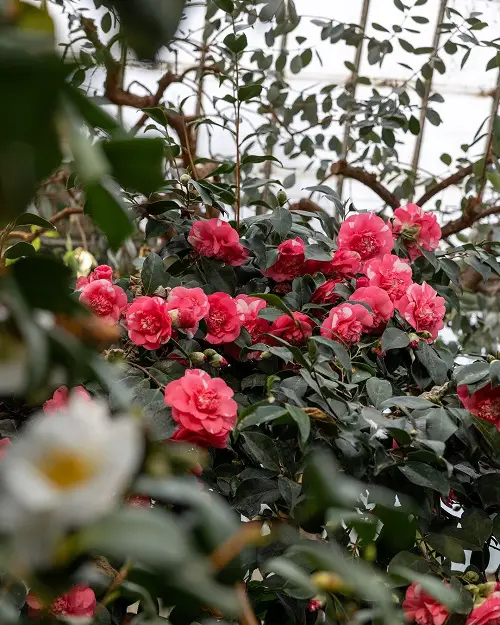
Botanical Name: Camellia Japonica
USDA Zones: 7-9
This floral beauty is found naturally in forests at high altitudes and is cherished for its ornamental and medicinal qualities. Also called Japanese camellia, this terpenoid-rich flowering plant is actually native to China.
Ranging from white to shades of red, the cup-shaped double flowers of this plant often sport up to 20 rays and bloom in late fall, winter, and early spring!
5. Marigold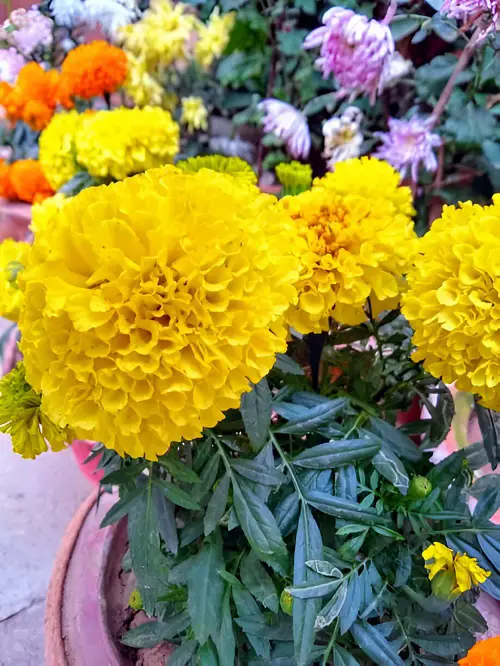
Botanical Name: Tagetes
USDA Zones: 2-11
Marigolds get their full, luscious appearance from their flowerheads, which comprise both disco florets and surrounding layers of petals. They come in bright colors like orange and yellow, thriving in full sun and well-drained soil.
6. Thousand Petal Lotus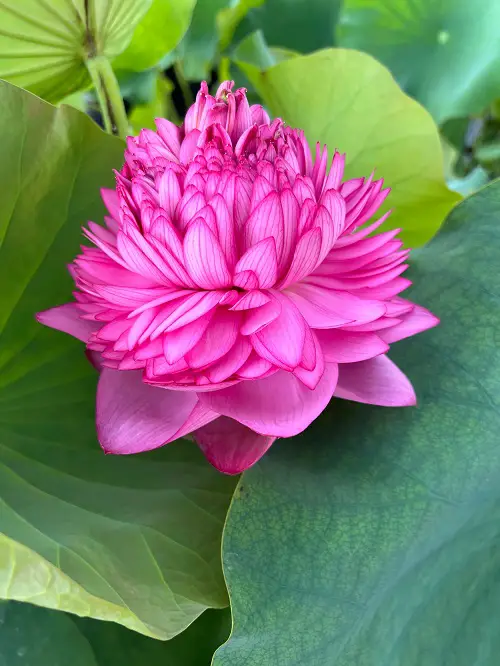
Botanical Name: Nelumbo nucifera
USDA Zones: 4-5
As the name suggests, this hybrid Chinese cultivar, also called qian ban lian, is a massive lotus with a double pink flower, possessing up to 4000 petals, while its Japanese variety, ohmi myoren, can go up to 5000 in a single blossom!
7. Zinnia
Botanical Name: Zinnia elegans
USDA Zones: 2-11
Zinnias are annuals with the craziest of blooms available in a mind-boggling array of colors, shapes, and sizes. Featuring single, double and semi double-flowered varieties, these heavy-bloomers come in colors like red, pink, lilac, yellow, and can be bell-shaped, star-like, or even like cactus flowers.
8. Double-flowered Buttercups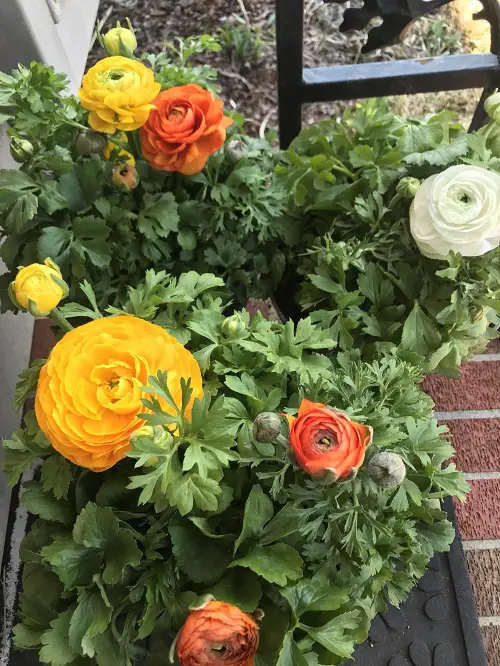
Botanical Name: Ranunculus asiaticus
USDA Zones: 5-8
Even a single soft and brightly-colored petal of the buttercup is enough to steal a plant enthusiast’s heart; this variety has 10! These buttercups open up on cloudy days or gloomy evenings with overlapping petals that create a cup-like shape.
9. Carnation
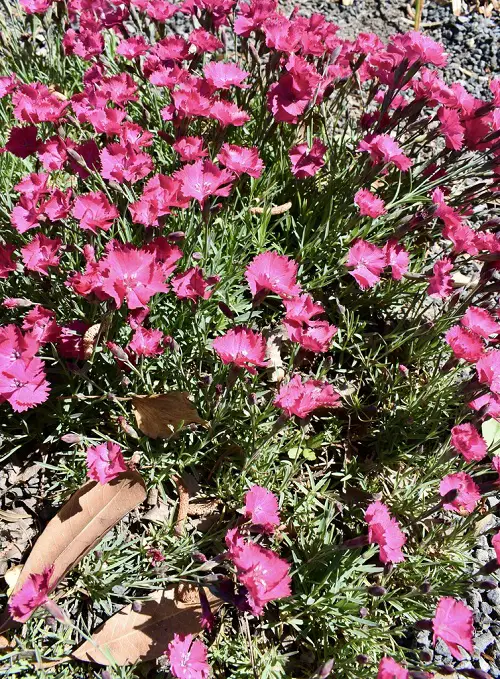
Botanical Name: Dianthus caryophyllus
USDA Zones: 6-11
Carnations are the bees knees! Used for ornamental, medicinal, as well as spiritual purposes, most carnations produce around 7-20 petals (depending on the variety). These saucer-shaped, fragrant blossoms have been used to treat fever and nervous disorders for centuries.


